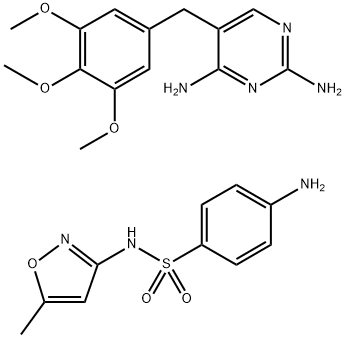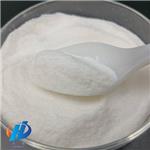Cotrimoxazole is an antibiotic. Pseudomonas aeruginosa has a drug resistant rate of 66% in the years 2010-2013.
World Health Organization (WHO)
The combination of sulfamethoxazole and trimethoprim (5:1) was
introduced in 1971 for the treatment of a wide variety of bacterial infections. Its use
has been associated with severe sensitivity reactions, many of which have been
attributed to the sulphonamide component. Elderly people seem to be more
vulnerable. The World Health Organization has no information further to the above
concerning restrictive action taken on this combination.
Cotrimoxazole, a combination of trimethoprim and sulfamethoxazole, interferes with the cellular metabolism of folic acid in the bacterial cell by blocking the biosynthesis of nucleotides. Trimethoprim binds to dihydrofolate reductase (DHFR) which inhibits the reduction of dihydrofolic acid (DHF) to tetrahydrofolic acid (THF), resulting in an antimicrobial effect. Sulfamethoxazole interferes with the synthesis of nucleic acids in sensitive microorganisms by blocking the conversion of p-aminobenzoic acid to the coenzyme dihydrofolic acid. The net effect of these actions is to inhibit thymidine synthesis which prevents bacterial DNA synthesis.
Trimethoprim/sulfamethoxazole on a daily basis has a rapid onset of action
but has rare associated side effects of bone marrow suppression and toxic
epidermal necrolysis (TEN).
Nausea, vomiting, and anorexia are generally dose related.
Hypersensitivity reactions (including Stevens-Johnson syndrome and hematologic
reactions) occur in <5% of patients.
One to two tablets a day. Trimethoprim is dosed at 200 mg/24 hours
given either q.d. or b.i.d.



